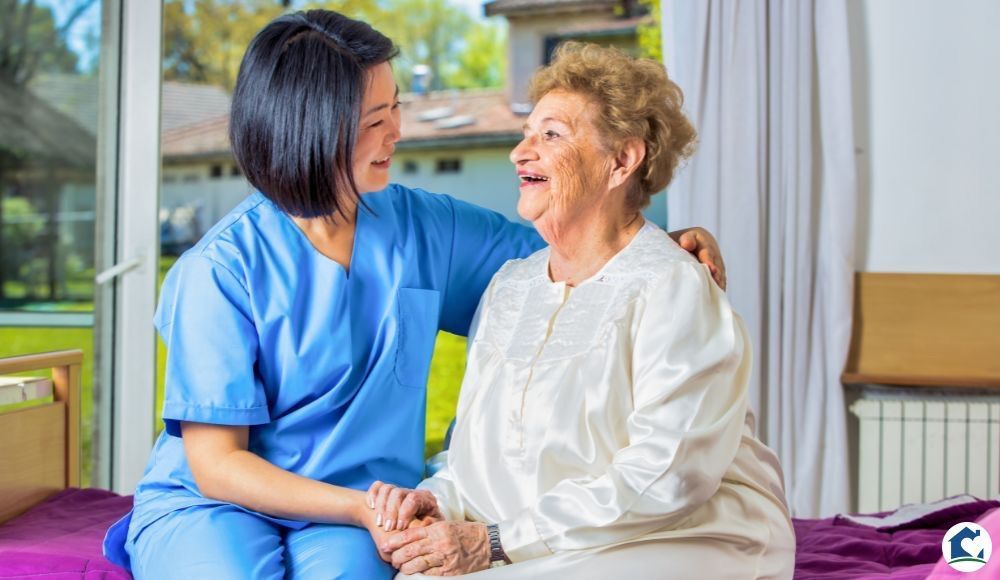10 Stretching Tips for Seniors
Have you noticed that you feel stiffer, have more discomfort, and move a little slower as you age? Maybe it takes you longer to get out of bed or a chair than it once did. This is common and even normal to some extent. As we age, our musculoskeletal system changes. We experience stiffer tendons, loss of muscle tone, and decreased bone density, which can cause loss of flexibility and chronic aches and pains.
However, many of these changes “result more from disuse than from simple aging,” according to the
American Academy of Orthopaedic Surgeons.”
Regular stretching can help keep you healthy and mobile so you can remain independent and enjoy life more. And just about anyone can do it. Stretching is easy, convenient, can be done just about anywhere, and requires minimal to no equipment. You can begin a stretching routine at any age, but the sooner, the better.
Benefits of Stretching
A regular stretching routine offers many benefits:
- Helps maintain good balance
- Reduces the risk of falls
- Decreases chronic pain
- Improves range of motion
- Helps strengthen muscles
- Increases muscle flexibility
- Protects joint and muscle health
- Increase serotonin levels
- Reduces stress
- Improves quality of life.
10 Helpful Stretching Tips for Seniors
- Start slow. Your goal isn’t necessarily to touch your toes or do a full-on split the first time you stretch. Star slow and build on your progress.
- Consult with your physician – especially if you’ve recently had surgery or have health concerns - before starting any exercise routine.
- Experts recommend stretching at least two to three times per week for ten to fifteen minutes and holding each stretch for 20 to 30 seconds. Over time, you may want to increase the stretch to 60 seconds.
- Include a range of neck, back, arms, legs, and chest stretches to include all muscle groups.
- Movements should be slow and smooth. Don’t jerk or bounce.
- Don’t hold your breath. Breathe through each stretch.
- Set aside a specific time to stretch. Consistency is key.
- Stick with it. Sometimes, it takes a while to feel the benefits of stretching.
- Applying a heating pad before stretching may help loosen the muscle if a particular part of your body feels tight.
- Listen to your body.
You should feel some tension, but you shouldn’t feel pain. If a stretch hurts, stop doing it or ease back a little. And watch for signs of improvement to help maintain your motivation.
It may have taken months or years for your muscles to tighten, so you can’t expect one or two sessions to reverse that completely. It could take weeks or months to become flexible, and you will have to continue stretching to maintain those benefits, but it will be well worth it when you begin to see and feel the benefits.
If you’re ready to start a stretching routine, type in “best stretches for seniors” in your web browser, and plenty of tutorials and videos will pop up. Here is just one option: “7 Stretching Exercises for Seniors” from Silver Sneakers.
Want to Maintain Your Independence?
Like stretching, Comforting Home Care by Phoebe can help you maintain independence! Our goal is to help seniors live on their own terms, all from the comfort of their homes. Our highly trained caregivers offer personal care, companionship, light housekeeping, medication reminders, dementia/Alzheimer’s care, and respite care hourly or around the clock on the days you choose, up to 24 hours, seven days a week.
Give us a call today at 610-625-5206 to learn more about our in-home care services, or connect with us online.












